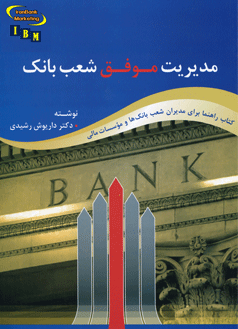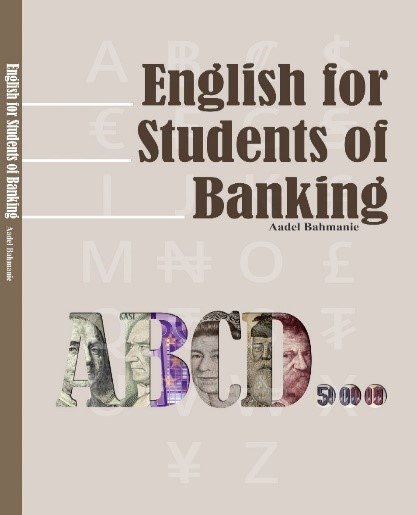The title of the research is “The study of the Attitude of Rural Youths of Iran toward Entrepreneurship and Their Accessibility to Financial Services”. The purpose of the study is the official and unofficial accessibility to financial services, employment, identification and recognition of the subjects’ attitudes (18 to 35 years of age) regarding their inclination to entrepreneurship (intent to innovation, risk tolerance, ets.), within two target regions of the projects, i.e. rural areas of Kani Meshgan, Kilaneh, and Dolatabad in Kurdistan province and Niaragh and Virsagh villages in Ardabil Province. The measurement tool is a questionnaire provided in two sections, the first one is associated with demographic data and the accessibility of subjects to financial services, and the second section deals with the attitudes and inclination of rural youths toward entrepreneurship.
The accessibility of the above mentioned groups to credit resources is fairly low, and among younger age groups, especially woman, it has been less that. The majority of received loans have been used for consuming costs of essential expenses of life such as living costs, wedding costs, purchasing livestock and inputs, and the like, and that the share of investment has been low.
In second part of the research, the study of the attitudes of youths toward entrepreneurship was performed on the basis of the entrepreneurship literary structure and the factors that Carland and his colleagues (2002) had recognized and the conceptual model was formed, and through the variables constituting the above factors, the format of the research tools was identified. To this end, the standard self-assessment questionnaire for entrepreneurship, that was translated into Farsi language and was localized and was investigated in form and content, was utilized. The statistical indicators that were obtained in analyzing the main components of factor analysis reveal the Eigen values are nine factors greater than one.
It can be concluded out of the study and comparison of average scores that the average score of total factors is higher than the average standard and one can say that the inclination to entrepreneurship and innovation among the subjects of the study has been fairly high and by comparing men and women the average scores of men is higher than the average score of women. If we want to measure these scores with those of Carland, the above scores are in the scope of entrepreneurs.








